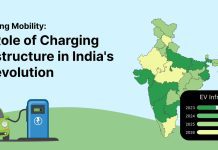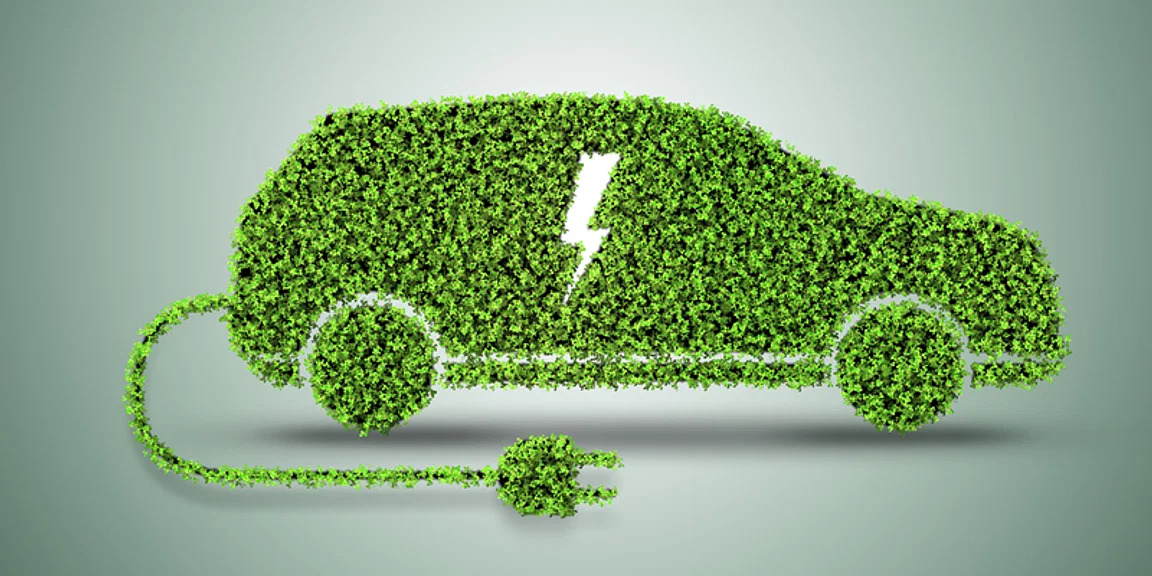
Table of Contents
Impact of EVs on Indian Cities
The electric vehicle (EV) market in India is growing exponentially. The driving factors for this growth include government policies promoting sustainable mobility, growing consumer interest in cutting-edge technologies, and the growing number of private players investing in EV technology. An important initiative in India’s EV journey is its participation in the EV30@30 Campaign, a Clean Energy Ministerial endeavor aimed at achieving a 30 percent share of EV sales by 2030.
Many Indian states like Delhi, Karnataka, Bihar, Madhya Pradesh, Maharashtra, Tamil Nadu, Andhra Pradesh, Kerala, Telangana, and Uttar Pradesh have also come up with their own EV policies as they have comprehended the need for a sustainable future. These state-level efforts are a testament to India’s commitment to promoting eco-friendly mobility solutions.
India’s Electric Two-Wheeler Segment
As per EV reporter, in India, electric vehicle (EV) sales soared to an impressive milestone in 2022, surpassing the one million mark. This achievement marked an astonishing year-on-year growth of 206% compared to the previous year, demonstrating the rapid acceleration of EV adoption.
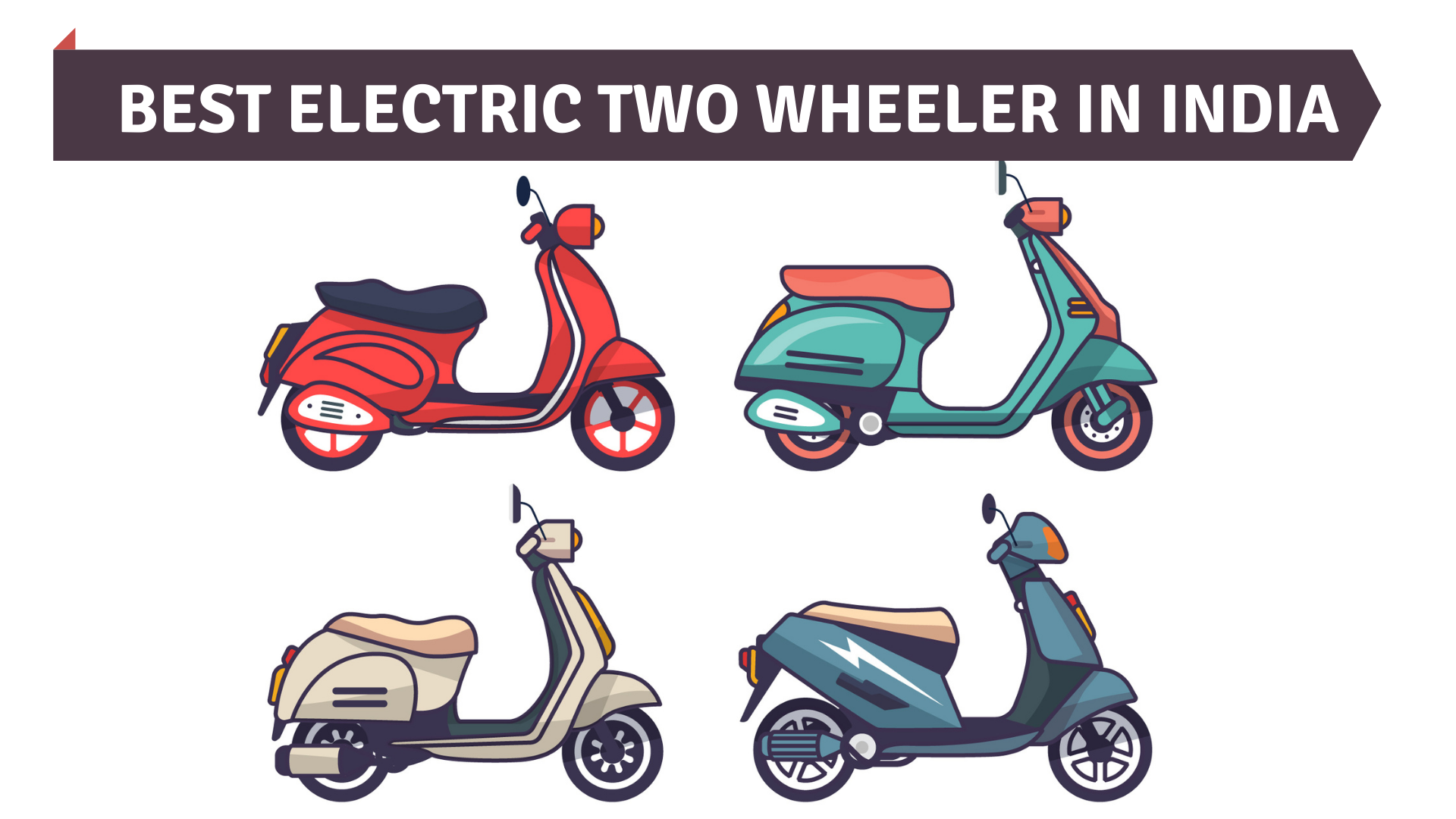
In specific numbers, a total of 1,054,938 EVs found their way to new owners in 2022, contributing significantly to the automotive industry, with a notable 4.7% increase in overall automotive sales. Notably, the year 2022 witnessed a remarkable threefold surge in EV sales when compared to the figures from 2021.
Among the various EV segments, high-speed electric two-wheelers emerged as the standout performers, capturing the lion’s share of the market. These e-2 wheelers registered an impressive sales figure of 669,845 units in 2022, representing an astounding growth rate of 291% compared to the numbers from the previous calendar year.
Furthermore, according to IBEF, India is one of the world’s fastest-growing markets for electric two-wheelers, and its sales in the country might exceed 80% by 2030. Also, the two-wheeler segment rules the Indian automobile market, accounting for over 70% of all registered vehicles. Electric two-wheelers are a practical and efficient mode of transportation for short-distance travel, particularly in cities.
Environmental Benefits of EVs in India
The electrification of transportation in India carries profound environmental implications, particularly in a country grappling with severe air and noise pollution issues. To comprehend the significance of this transformation, consider the example of New Delhi, the capital city. In the capital city, two- and three-wheelers are responsible for a staggering 50% of surface PM2.5 levels, contributing significantly to air pollution. Moreover, one-fifth of the country’s total energy consumption is from the transport sector. Against this backdrop, the transition to EVs offers a multitude of environmental benefits.
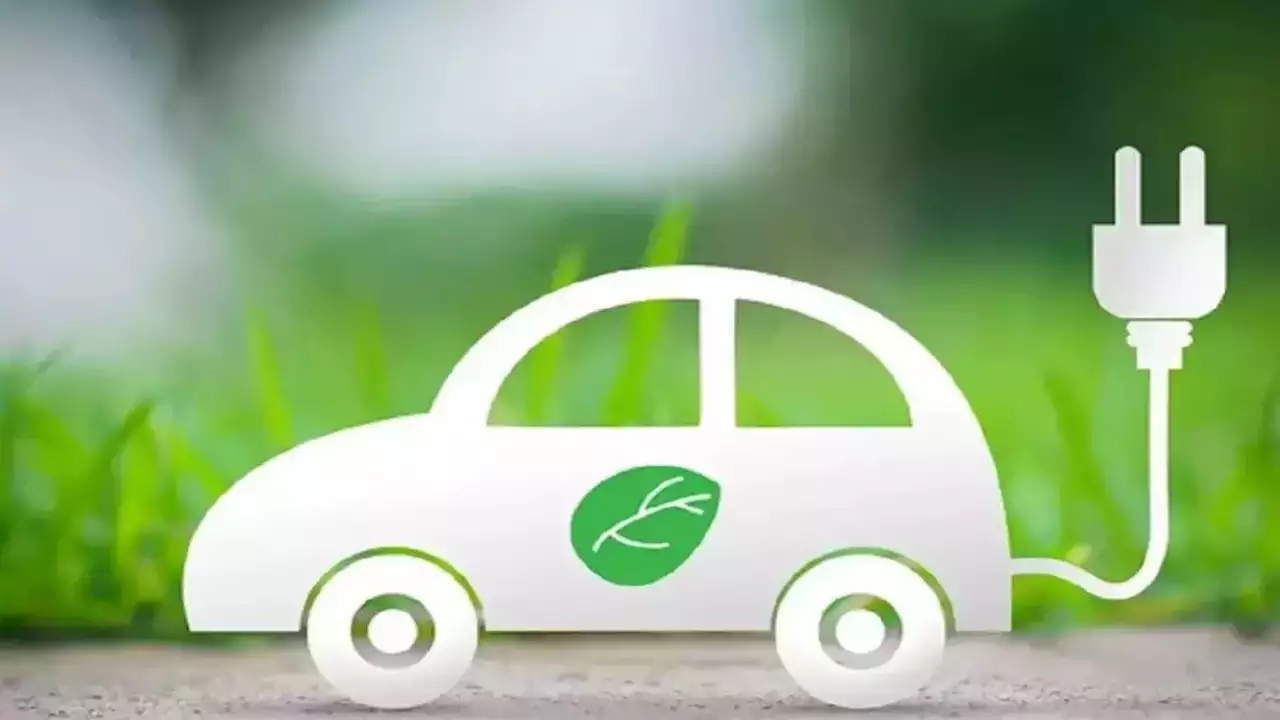
Vehicles plying on Indian roads account for 27% of total air pollution and lead to 1.2 million premature deaths annually. EV adoption is set to mitigate the adverse environmental impacts associated with Internal Combustion Engine (ICE) vehicles, thereby improving air quality and public health. Furthermore, from a fuel efficiency perspective, traditional gasoline or diesel vehicles convert a meagre 17 to 21% of stored energy into motion. In contrast, EVs boast an impressive 60% efficiency in converting electrical energy from the grid into motion. This shift to electric mobility in India has the potential to optimize energy usage, reduce operational costs for end-users, and increase the overall demand for EVs.
Economic Opportunities Unveiled by EV Adoption
Beyond the environmental advantages, the widespread adoption of EVs in India holds considerable economic promise for the country. As the EV ecosystem matures, several economic opportunities will come to the forefront:
The EV industry is poised to become a hub for employment generation, offering opportunities across the value chain, from manufacturing and research to sales and maintenance. India’s dependency on oil imports will decrease, reducing the nation’s vulnerability to fluctuating global oil prices as EVs become more prevalent. The development and production of EVs will spur innovation in battery technology and associated components, positioning India as a global player in the EV supply chain. As India’s EV manufacturing capabilities become robust, it will help the country become an export hub for EVs and EV components, bolstering the nation’s export potential.
Challenges and the Road Ahead
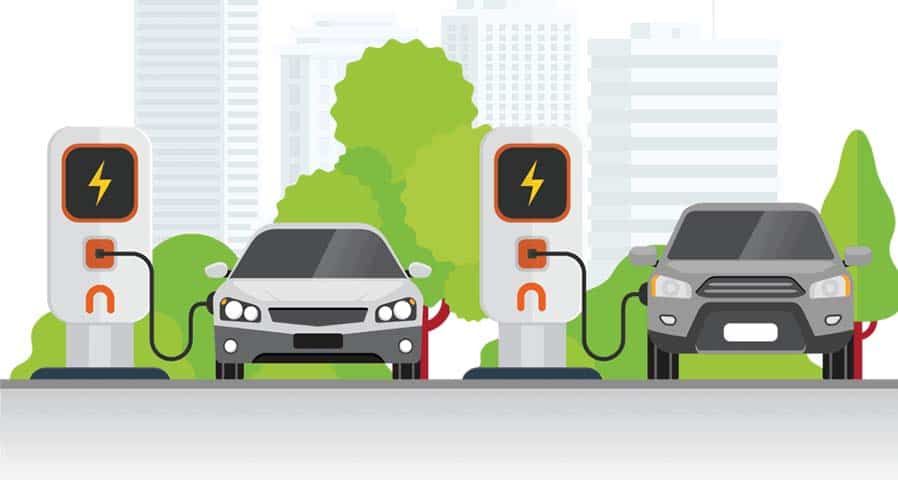
While the prospects for EVs in India are bright, several challenges must be addressed to ensure a smooth transition. Expanding the charging network is essential to alleviate range anxiety and encourage EV adoption. Investment in charging infrastructure, especially in rural areas, remains a priority. Also, progress in battery technology, a reduction in battery costs, and boosting energy density will be critical to making EVs more affordable and accessible. While EVs offer long-term cost savings, the initial purchase price remains a deterrent for many consumers. Incentives and subsidies can play a critical role in bringing down the cost of EVs. Furthermore, rising awareness about the benefits of EVs, including environmental advantages and cost savings, is essential to driving adoption.
About the Author
Read More:- Electric Utility Cycles: Paving Way for Mainstream Adoption in India


